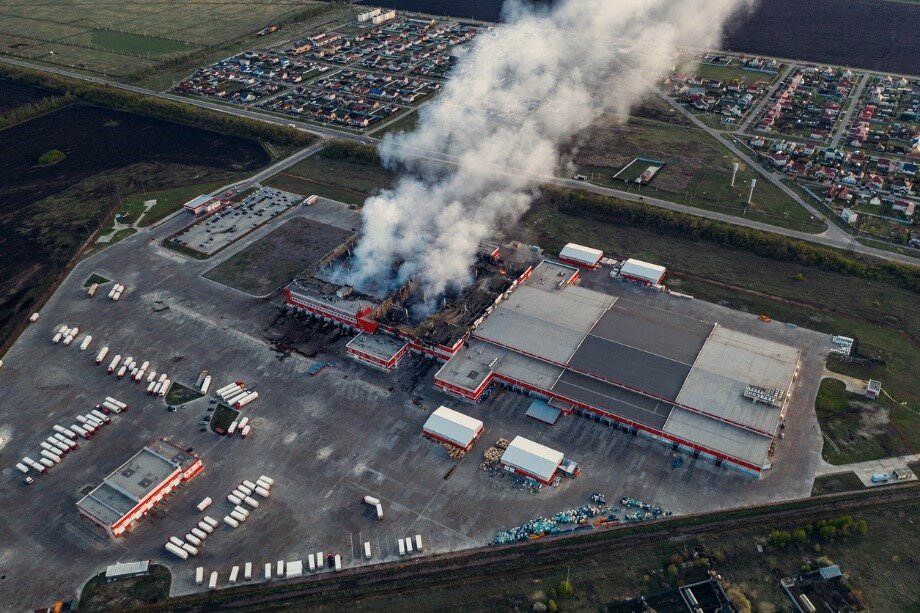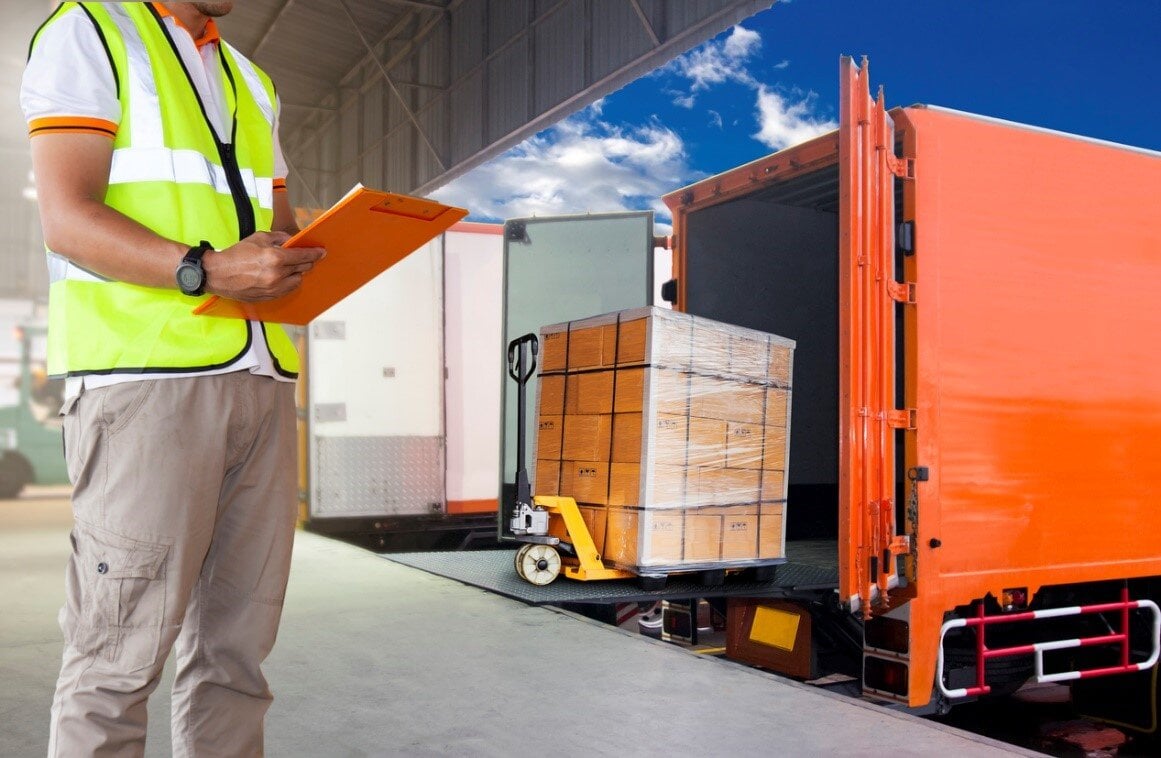7 Supply Chain Risk Planning Lessons From COVID-19
COVID-19 has changed the supply chain and taught logistics professionals how to better manage risk in the future
Supply chain experts are constantly preparing for the unexpected. However, sometimes, an event occurs that completely upends those plans. In 2020, that event has been COVID-19. This global pandemic altered the course of lives around the globe. It also tested — and at times overwhelmed — the limits of the supply chain. Suddenly, consumers found it difficult to get certain items quickly or, in some cases, to get them at all.
Since coronavirus has set in, the supply chain has had the opportunity to recalibrate, restructure and take steps towards getting logistics to run smoothly. While some industries and products still remain drastically scarce due to COVID-19 — see the curious shortage of dumbbells for a persistent example — many companies have discovered that business-as-usual can still work, even though it might look quite a bit different.
In order to continue adjusting to the supply chain’s new normal and to prepare for future supply chain risks like COVID-19, it is worthwhile to take a step back and evaluate some lessons learned. In this article, we will discuss seven supply chain risk-planning lessons we should all take away from COVID-19. These are:
-
Don’t rely on a single supplier
-
Panic purchasing can equal excess inventory
-
Build a relationship with vendors to mitigate risk
-
Bigger is not always better
-
Plan for the unplannable
-
The cost of LTL can go up during a pandemic
-
Technology makes a difference
1. Don’t rely on a single supplier
Relying on any single supplier for an item is traditionally a risky move. But during a global pandemic, it can spell disaster for the supply chain. One way to plan for the possibility of another event like COVID-19 is to have as diverse a supplier footprint as possible. This means both regionally and globally in order to adapt to closures, regulations and a shifting political climate.
2. Panic purchasing can equal excess inventory
Early on in COVID-19, households flocked to grocery stores to stockpile toilet paper, hand sanitizer and other essential items. The short-term effect was low supply due to high demand, but a longer-term effect was excess supply due to suppliers producing more product to meet what they assumed would be longer-term demand. The lesson is that panic purchasing is often an acute symptom of a pandemic, and assuming it will be ongoing can result in a surplus of product.
3. Build a relationship with vendors to mitigate risk
Building a relationship in the age of social distancing may sound like an oxymoron, but when it comes to logistics, it is essential that businesses develop a solid line of communication with vendors before a global event like coronavirus shakes the supply chain. Having a point of contact, method of contact, ongoing evaluations and a healthy relationship is key to weathering an unexpected supply chain risk.
4. Bigger is not always better
Larger vessels have reduced transportation costs for businesses, but during COVID-19, they have also resulted in increased risk. Similar to relying on a single supplier, resulting in a leaner supply chain defined by large vessels increases the risk of disruption during a pandemic.
5. Plan for the unplannable
Every business should have a dedicated team in place to anticipate supply chain risk and mitigate unexpected events. When the unexpected does occur, having staffing and resources available will allow most of your operation to continue while the designated team gets to work strategizing the next steps.
6. Cost of LTL can go up during a pandemic
COVID-19 resulted in increased transportation costs, including higher pricing on LTL due to increased shipping volumes. Business operators should be aware that if another event like COVID-19 occurs, LTL pricing — and other transportation costs — may rise again.
7. Technology makes a difference
The logistics industry has proven time and time again how powerful innovation can be. From data-driven solutions that streamline the supply chain to automation that reduces overhead and prevents costly errors, the ways technological innovation has advanced — and will continue to advance — the supply chain are nearly limitless. Given the ongoing COVID-19 pandemic, this may prove to be especially true when it comes to supply chain risk management.
One example of this is the increased demand for technological advances affecting perishable shipments. This includes refrigerated systems with remote starts for drivers and temperature monitoring that prevents products from becoming unsafe during shipping delays. Logistics technology can benefit any industry, even when supply chain risks are not present, but it is especially beneficial when adverse conditions are at play.
If you are concerned about your logistics spend during the current pandemic, or you have questions about your financial risk during potential future pandemics, contact Resource Logistics Group. We are logistics experts committed to demystifying contract language, helping you grow your business with better technology and, most importantly, thriving no matter what supply chain risks might lie ahead.



